Electric vehicles or EVs are now trending in the motoring world with a number of automotive players venturing into it. In Malaysia, more and more models are being introduced. Nissan, Renault, BMW, MINI and Porsche have EV options in showrooms now, and they will soon be joined by Mercedes-Benz, Hyundai and Volvo at the very least. There are also brands offered by grey importers such as Tesla and Polestar.
In reality, EVs not only represent the pinnacle of automotive technology, but they also represent “the new way forward”, a “mindset symbol” and the “future mobility economy”.
People are often curious about EVs. Being a former EV owner, people often ask me how the experience was, in every aspect possible. We don’t really ask these sort of questions when it comes to cars powered by internal combustion engines (ICE) unless if they are very special cars. Many also ask about the other key element of the EV world – charging infrastructure.
While most of the technological, economic and government policy aspects have been covered on paultan.org, here, I would like to specifically talk about living with an EV for almost three years, and using it as a daily driver no less. I think that by sharing my experience, it will help answer the questions of those curious about EV ownership.
Between early 2017 and 2019, we were among the first few in Malaysia to have a 2016 Tesla Model S 90D. It was mostly driven daily, shared between myself and Paul. Let’s start with the key specifications. This car, finished in Obsidian Black, was part of the GreenTech Malaysia leasing programme that was launched in 2016. It’s a 90D with a 90 kWh battery and two motors, one on each axle.
Back then, the ‘D’ in the name was for dual-motor AWD variants (single motor RWD was also available), while those with a ‘P’ in front of the number (such as P100D) had higher performance. Our 90D was the top non-P model of its time. Today, Tesla uses a simpler naming scheme with Standard Range, Long Range and Performance, sometimes with a ‘+’ thrown in.
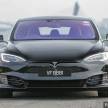
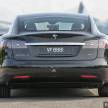
The motors featured induction type technology, unlike the permanent-magnet synchronous motors used in the Porsche Taycan and newer Teslas like the Model 3 and the Plaid variant of today’s Model S.
Dual motors provide all-wheel-drive, and 0-100 km/h acceleration took 4.4 seconds, on to a top speed of 250 km/h. This was made possible thanks to total power of 423 PS and 660 Nm of torque. The AWD system allowed for worry-free acceleration. It has a 400-volt battery pack and replenishing energy with a Type 2 charger with 11 kW of AC charging took over nine hours for a depleted battery.
Type 2 is the socket convention that is widely used in Europe and Asia. The Model S can also be charged with a regular 2.4 kW household charger, but this would take about 24 hours. The Tesla can also take in 120 kW of DC charging, giving us 360 km of range from 42 minutes of charge time.
Other specifications include a 450 km range, 19-inch wheels, air suspension and a full range of safety features such as automatic emergency braking (AEB), blind spot assist, electronic stability programme, HEPA air filters and so on. Our Model S also had the famous Autopilot feature, but we will get to that later.
It also had geo-fencing or GPS-based suspension adjustment, which means that if you store a location where you would prefer the car to ride higher, say at a speed bump, the car will automatically raise its suspension at the same location the next time. This feature was quite useful, because in the standard setting, the ride height was a bit lower than other similar-sized cars. To give you some reference, this feature was only introduced to the Taycan in 2021.
With the specs out of way, let’s get on with the experience bit. First up, the exterior design. I consider the Model S as one of the best looking sedans out there – hard to go wrong with a very sleek, aerodynamic silhouette. A perfect example of form and function working in harmony.
The front end with the minimalist “grille” and stunning headlights was something that I was quite happy with; however, this only applies to our “facelift” model, which I think has a nicer front end than the original Model S. Of course, the hidden door handles are pretty cool too.
My only complaint is the inconsistent gaps on the doors and trunks, which is a bit of an eyesore to those who are sensitive to such irregularities. Overall, a handsome looking car and a real head turner – the latter is also from the novelty of an EV, and the Tesla brand itself.
Inside, the minimalist look continues as you’re greeted by the extremely large 17-inch centre control display. This particular unit had a black interior with an Alcantara headliner and Dark Ash wood trim. The interior is pleasing to the eye, once you get used to the portrait screen size. The centre control screen is the gateway to the Model S. Everything is controlled here, from the air con to the Easter egg features.
The touchscreen performance is good; it feels almost like your regular iPad. It’s accurate and most importantly, fast, with no screen lag issues. The digital buttons are also rightly sized (not too much of a distraction while driving) and the screen arrangement can be adjusted to suit preferences.
It is also through this system that I managed software updates, which are done over-the-air like a smartphone. The car would receive a notification for an update via an Internet connection (provided by a SIM card or WiFi connection) and I usually scheduled the updates overnight.
I would wake up the next morning to new or enhanced features, and sometimes even a new user interface! The updates given by Tesla are more comprehensive than software updates in a regular car. It sometimes felt like I was getting a new car out of my existing one, if that makes sense.
This system does not have Apple CarPlay or Android Auto, but it has a built-in Spotify client. Navigation is based on Google Maps. There’s a Tesla mobile app that allows remote control of basic features such as air con settings and the display of real time GPS location, among other things.
It’s almost similar to BMW’s app, but there are two key differences. First, when you send a command with the app, the car gets the instruction in about three seconds. With the BMW/MINI app, the same thing takes close to 20 seconds. Secondly, the air con actually runs when you remotely turn it on, as opposed to just the blower in ICE cars.
The instrument cluster acts like a display extension of the centre screen. Besides all the expected driving-related information such as speed, power consumption, remaining range, etc, it shows a digital version of the car and its surrounding traffic. For example, you will see a 3D visual of a truck or a motorcycle if there was one close enough to the Tesla. This part of the screen would also alert the driver if he’s about to hit an object ahead.
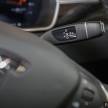
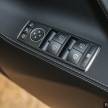
There’s ample storage space, including two cupholders and a smaller cubby in the centre console, followed by a compartment large enough to swallow a mini handbag. There’s also a glovebox but no additional storage pockets on the door cards. Rear passengers get two cupholders in the foldable centre armrest.
Ergonomics wise, it’s very decent, and to the standard of a Mercedes-Benz E-Class or BMW 5-Series, so no issues with longer journeys. There’s no floor tunnel in the rear, which is something very prominent in the German ICE saloons. Even the Porsche Taycan has the hump. While it’s no S-Class at the back, comfort is decent. Some taller folks did not like the sloping roofline, but it wasn’t an issue for me and my family. It’s the same for the Taycan, although I feel the Porsche’s cabin is a bit smaller. Rear view mirror coverage is also compromised.
Speaking of Mercedes-Benz, some switchgear will be familiar to Merc owners. I spotted window control switches, indicator and the “transmission” stalk from the E-Class. While still on the topic of space, the rear luggage compartment is quite spacious, with capacity growing to 1,795 litres once the rear seats are dropped. I’ve even transported a two-metre tall floor lamp with this car before. Also, don’t forget the additional 150 litres of space in the front trunk a.k.a. frunk.
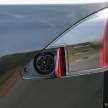
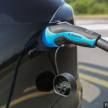
Overall, the interior has a futuristic look while being practical, and the comfort is decent. My only qualm is the finishing quality. I find that the E-Class and 5 Series are better in this respect. An example is the interior door handles, which felt a little loose. The nice tactile feel you’d expect isn’t quite there.
Now let’s talk about driving. On a full charge, the Model S provides 450 km of range and with that, I was able to use the car without charging for three to four days. My daily routine includes a 30 km drive to work, and another 30 km back. In between, there are drives to lunch and/or dinner, plus a fair bit of meetings all around the Klang Valley, even as far as Sepang.
The Tesla’s range was very good for my lifestyle and not an ounce of range anxiety came into the picture. I grew the habit of spending a minute per day to plan my journey. With the mobile app – which showed me the remaining range in real time – and other apps like Google Maps, planning journeys is easy. In fact, trips within the Klang Valley didn’t actually require planning – it was more like giving a thought to where I was heading versus the range I had.
I’m sure you are curious about the “real range”. The real answer is trust the screen, as what’s displayed there is very very close to the real range – if it says 100 km, the real range is almost there. Of course, it all depends on driving style and traffic conditions. If I drive with a gentle throttle, maintaining cruising speed of between 90 to 100 km/h, matching the range given by the system – or almost, at the very least – isn’t a problem. If you’re throttle-happy, the range depletes at a much faster rate.
I attempted a Melaka weekend break to test out the Tesla’s long distance performance. I departed Shah Alam with 441 km of range and arrived in Melaka with 300 km on the screen. This meant that the range used was almost similar to the actual distance. I did keep my speed at around 100 km/h and was very light-footed when accelerating, though.
I used up about 90 km of range in Melaka over three days and I did not charge the car at all during the trip. Reached home with 65 km remaining – not bad at all.
As for charging, I fully relied on the home charger that came with the lease and charged the car overnight every three to four days. For my routine, I had no need for public chargers. However, it was different for Paul, who did not have the charger installed in his house. He had to rely on public chargers and his home’s regular three-pin socket, which can provide 2.4 kW max.
That may sound troublesome, but based on his lifestyle, Paul didn’t need to go out of his way to juice the Tesla. He would charge the car if the location had a charger, and many places have charging bays these days. For him, two of the most frequent charging locations were Jaya One in Petaling Jaya, where our office used to be, and Empire Subang on the weekends.
However, using public chargers has its own set of challenges. First, you have non-EV drivers using charging spots as a parking lot, and then there are plug-in hybrid and EV drivers leaving their cars there long after charging is complete – I really hope that this will improve over time. By the way, we also tried charging the Model S using a 50 kW DC charger by ABB in Sunway; the fast charger giving us 240 km of range in one hour.
So, based on the range that EVs can offer today (MINI Electric aside, most have over 250 km), as well as the fact that every buyer would be given a home charger, plus Malaysia’s growing charging network (there are now over 300 chargers), it makes absolute sense to own an electric car. If you travel across states frequently, then you might want to assess the range and available charging points. Even so, it is getting easier to own and live with one.
Charging is more convenient if you live in a landed home with a porch, but if you live in a high-rise building, Paul’s approach might work for you – again, depending on the range and charging point assessment.
As for the driving experience, the Model S is a very quick car. Zero to 100 km/h in 4.4 seconds is no ordinary feat for such a big car, and it was fun to scare my passengers occasionally. However, due to the technology limitations at that time (induction motors), the Model S would run out of breath if you did multiple back to back acceleration tests. Today, the Model 3 and Taycan are able to sustain power over multiple pedal-to-metal attempts. But then again, who would need to accelerate that many times in a real world setting?
The Model S is a reasonably comfortable car. In town, it takes on regular road irregularities well enough and is not overly stiff. But when you drive faster, especially over corners and on bumpy highways, it becomes clear that the Tesla is not really a driver’s car.
It’s floaty during high speed driving and steering input isn’t very precise. It’s still a nice car to drive, but compared to the Taycan or even a regular 5 Series, the Model S would stay in third. However, it might be different now with the Model S Plaid, a regular visitor to the Nurburgring and Laguna Seca for ride and handling tests.
The Tesla Model S is well known for its Autopilot feature, which is still in beta mode. Back in the day, this feature revolutionised the autonomous driving scene. Basically, the Model S can drive itself from point A to B, with the help of an army of sensors all over the car. However, for our unit – an official Hong Kong unit brought in by Greentech – Autopilot was disabled and we were not able to sample it; the same goes for the auto steering feature which uses road markers to help steer the car.
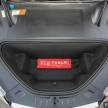
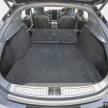
I did manage to activate the automatic steering function once when I performed a safe soft reset while driving (yes, the car still drove like normal) and it worked as advertised, just like other features like AEB and dynamic cruise control with traffic stop and go. By the way, despite the advanced-sounding Autopilot branding, Tesla essentially uses a Level 2 autonomous system, just like many mainstream carmakers.
Over three years, the Model S clocked 54,120 km in our hands. The interesting bit is that it never once required servicing, not even for new brake pads or suspension parts. I did expect – with fewer moving parts, fluids, lubrication and almost zero vibration – that wear and tear would be less compared to an ICE car, but to have a fully care-free experience was truly unexpected. For the brake pads, the energy regeneration system helped reduce wear.
Overall, we had only two issues with the car over the lease period. The LED daytime running lights had to be replaced, and the driver’s side exterior door handle failed to slide out, which meant that we had to crawl in from the passenger door for a week while waiting for parts.

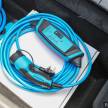
A note on battery life. Just like our phones, battery life depletes over time, and you would expect the same with an EV. When we first had the car, a full charge would give me 450 km of range (as displayed on the screen). Towards the end of the three-year period, the system showed 420 km after a full charge. That’s a 30 km range reduction in three years, or an average of about 2.5% per year. That’s an acceptable figure to me.
In conclusion, driving an EV is a brand new experience with lots of positive points. If you live and work in the Klang Valley and have a home charger, you’re good to go. Yes, driving from Johor to Perlis will not be a straightforward affair, but it’s possible if you change your approach.
You can use apps such as Plug Share to help locate charging points. When you consider government and private initiatives such as the Porsche Asia Pacific-Shell programme, which will be adding up to 12 chargers along the PLUS North South Highway, living with an EV will only get easier.
Finally, is the Tesla Model S a good EV? Yes, it is. Tesla models like the Model S, Model 3 and Model X are available through grey importers right now, and you can have a Model 3 SR for as low as RM390k. If you’re considering a Tesla and have any other questions about ownership of Teslas or any other electric car in general, please leave a comment and we will try our best to answer.
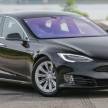
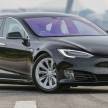
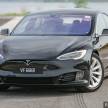
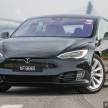
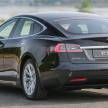
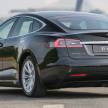
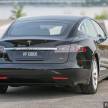
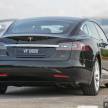
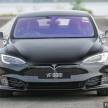




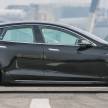
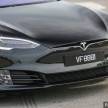
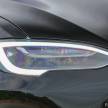

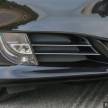
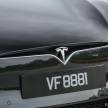
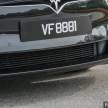
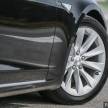
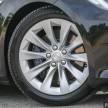
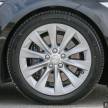
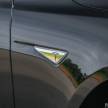
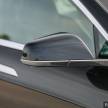
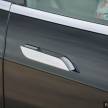
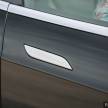


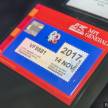
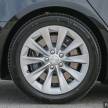
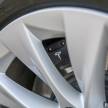
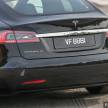
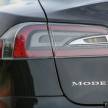
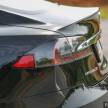
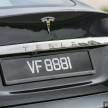
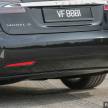
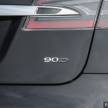


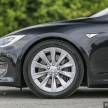

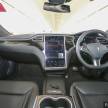
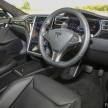
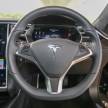
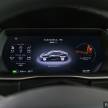
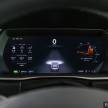
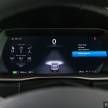
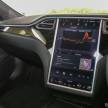
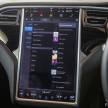
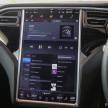
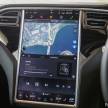
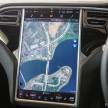


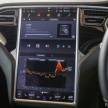
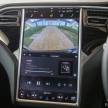
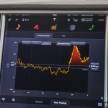
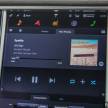
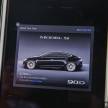
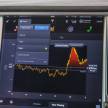
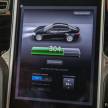

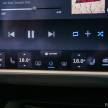


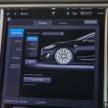
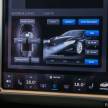
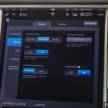
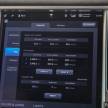
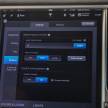
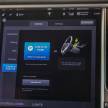
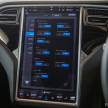
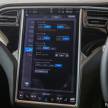
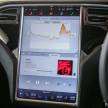
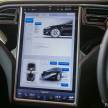
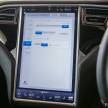
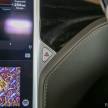
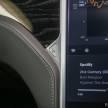
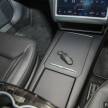
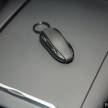
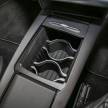
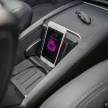
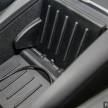

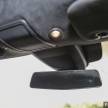
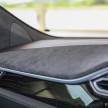
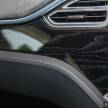
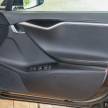
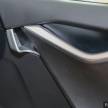

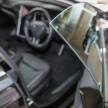
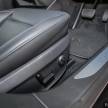
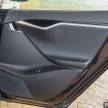

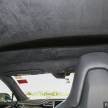
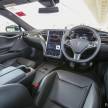
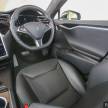
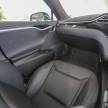
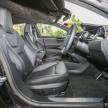
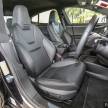
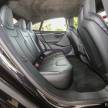
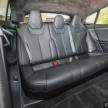
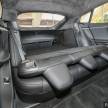

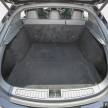



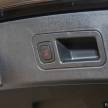
The post Tesla Model S long-term owner review: 3 years of driving, charging and living with an EV in Malaysia appeared first on Paul Tan's Automotive News.

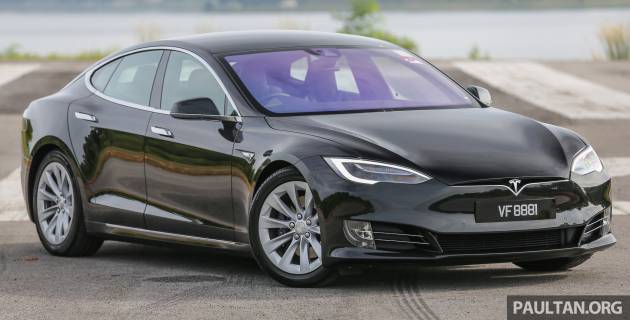
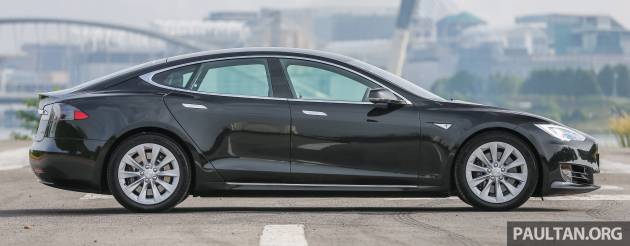
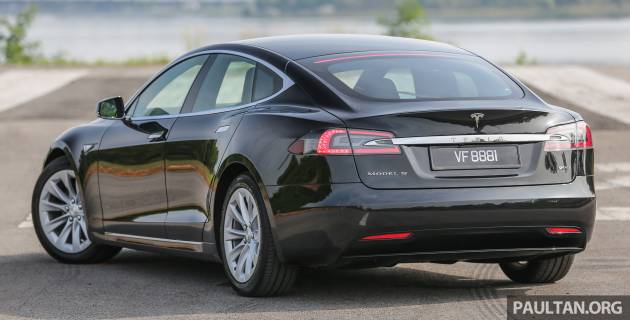
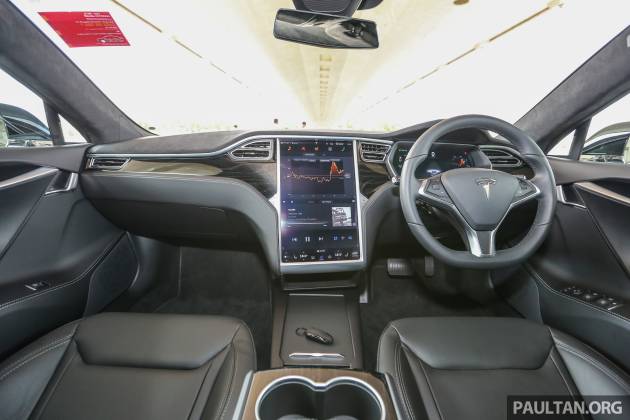

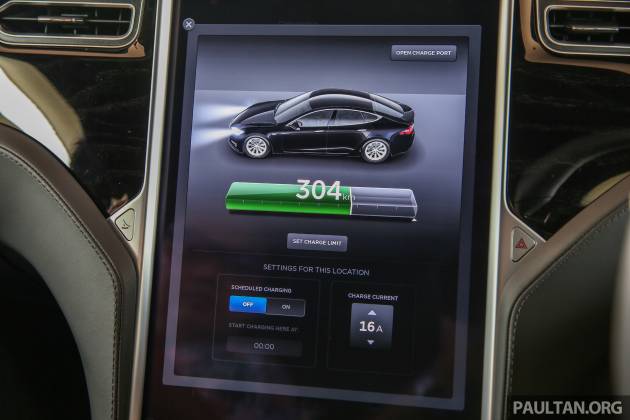

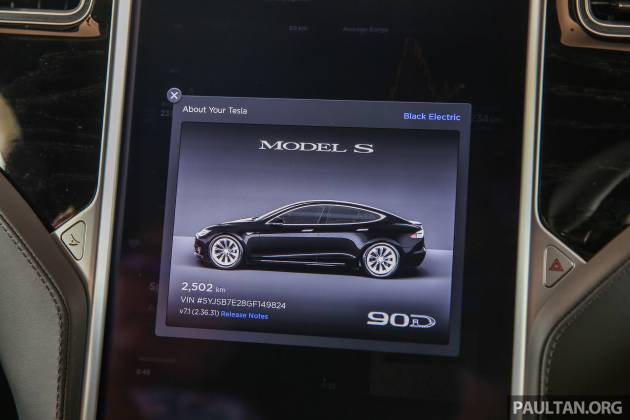
0 Comments